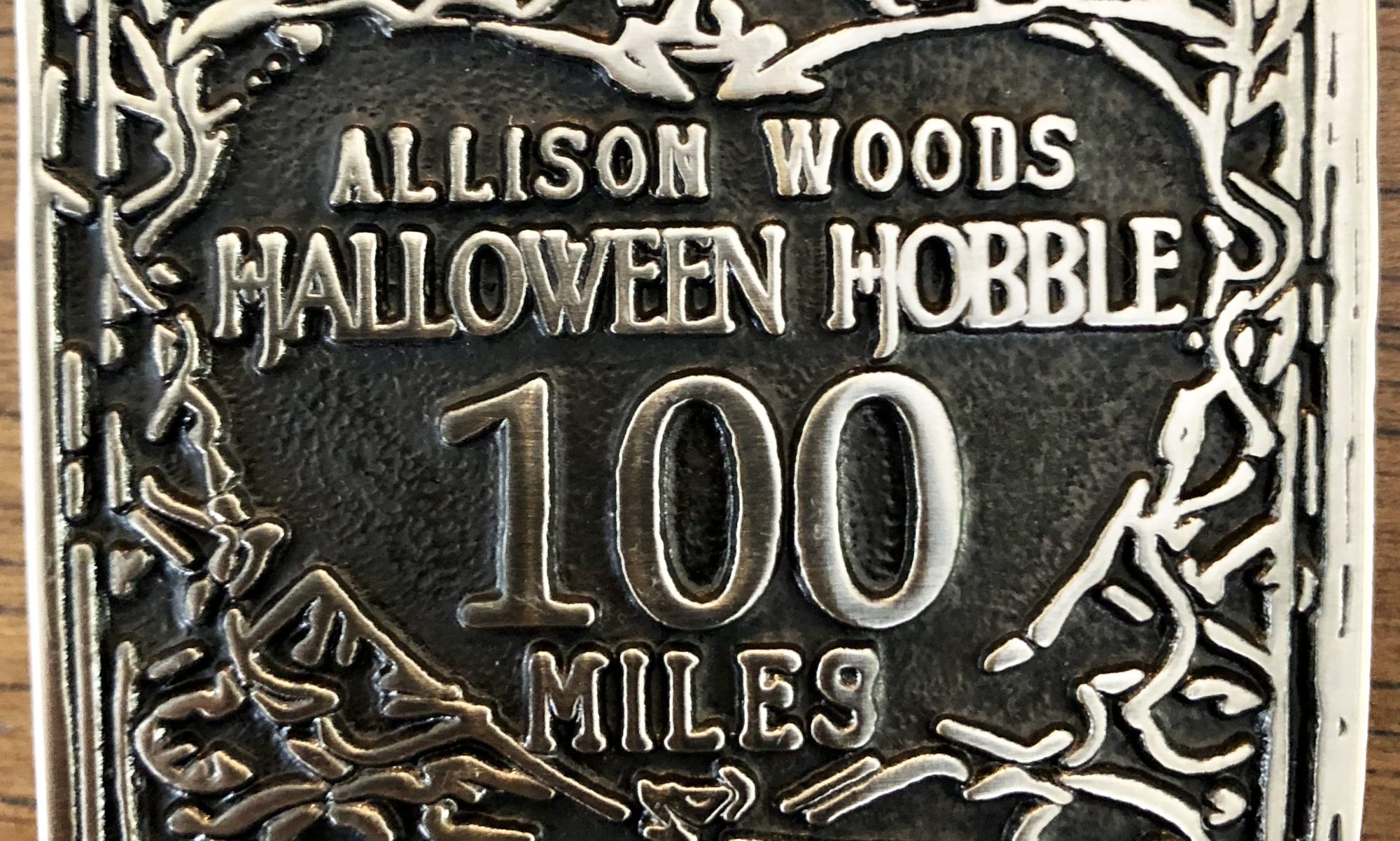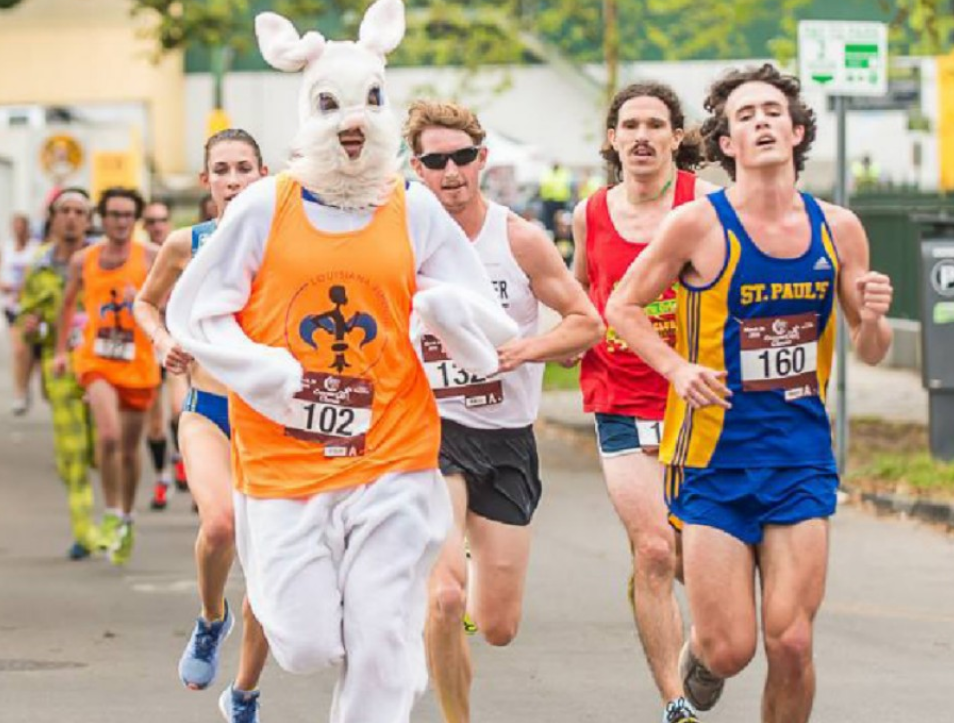“Up to about 10k, speed is fast. Past that, strength is fast. In long distance racing, it is very often a case of who slows down the least.” Joe the Runner
Whether it’s in the running community at Fitbit, or in a lot of the running posts on Instagram, I see a ton of well intentioned bad advice around the simple question “How do I run faster?” The reason for it is that there is not a simple answer to go along with that simple question. Unfortunately, the advice being given could lead to injuries if the runner takes it and they are not prepared for it. That is why I decided to write this post. I want to help people to get faster without getting injured. And to do that, you need to answer a couple of questions.
What are you trying to accomplish? Are you a sprinter and you are trying to improve your 400 meter time? Or, are you a marathoner who is trying to qualify for Boston? As you can see, these are two very different goals and they will lead to very different programs to help accomplish them.
The second and probably more important question is where are you currently as a runner? Are you an experienced marathoner that has a great aerobic base but hasn’t achieved a sub 3:30 marathon yet? Or are you a beginner that cannot run 5k without stopping? Again, these are two very different circumstances that will require different programs to improve.
Be careful when you see things like “Do Yasso 800’s every week.” Or “Do lot’s of hill intervals.” Or “Do 10 sets of 400 meter dashes every week.” All of these in a vacuum will work, but depending on your goals and level of experience could just lead to injury and frustration. I am not a track guy so I will stay away from any type of advice on sprinting, but here are some guidelines for improving your speed based on goals and experience.
Beginners
I’ll make the assumption that as a beginner you are focused on trying to maybe lose some weight and run your first 5k with aspirations down the road to move up to 10k’s and beyond. This is when you need to be patient and careful. If you cannot run 5k without stopping, there is no good reason to add speed work to your routine yet. Focus on running slow enough to run 5k without stopping, and work on your form. Just slowly increasing your weekly mileage and improving your running efficiency will lead to increases in your speed. Work your way up to 4 to 5 days a week of running 5k, and do not increase your weekly mileage by more then 10% in any week. Trust me, if you do this and stay consistent, you will see steady improvements in your 5k time. If you want to run a 10k, use the same process to work your way up to the 10k distance. Focus on increasing your weekly mileage slowly and work on form.
Intermediate
Once you can run the desired distance comfortably, you can add some proper speed work to your weekly routine. NOW, things like 800 meter repeats and hill repeats make sense, and will make a difference. I would start by adding one speed session a week to your routine and make sure that you do a nice little warm up of maybe 1k before jumping in. Start with something like 4 x 800 meters repeats with a minutes rest in between, and add one extra repeat each week until you get to 10. You need to be pushing the pace for the 800 meters so that you are a little uncomfortable. These are faster then your 5k or 10k pace. To keep things interesting, you can alternate weeks with hill intervals. To do these, find a nice hill that gives you 500 meters to 800 meters of climbing, and then run up the hill as quickly as you can, then jog back down for recovery. Start with 4 reps and add 1 rep each week until you get to 10.
There are a lot of different things you can do, fartlek sessions, 400 meter repeats, etc. but the principal is the same. If you run faster for these bursts and hills, you will strengthen your legs, improve your VO2 max, and build those fast twitch muscle fibers all resulting in the ability to run faster longer. I highly suggest that you Google various speed sessions once you have moved from beginner to intermediate and if you can afford it, find an on-line coach who can really help you if you have some big goals like a Boston Qualifier.
Ok, to summarize, don’t worry about “speed sessions” until you can run 5k to 10k comfortably and you are running at least 20k each week. Do not increase your weekly mileage more then 10% each week. During this phase of your running focus on form, running efficiency, and slowly increasing your weekly mileage. You will see an improvement in your speed I guarantee it! Once you are here, add one speed session to your weekly training routine by doing some research on-line, so you can mix things up and keep it interesting! Best of luck!
Put some of your favorite “Speed Sessions” in the comments below!
I hope that this post and this blog helps! If you have enjoyed the content please SUBSCRIBE!
For behind the scenes photos and comments on my training and personal life, follow me on Instagram: joe_the_runner
Questions, comments, feedback? Please leave them in the comments section BELOW and we can have a discussion!


